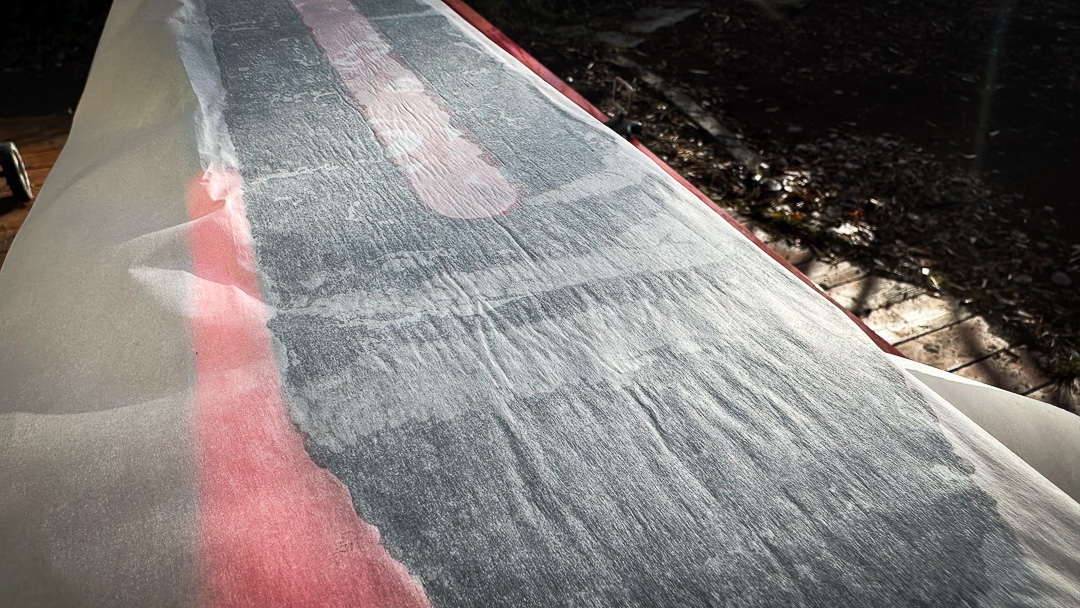The local theme has been excellent spring conditions in late fall/early winter. With all seriousness—despite what this season might foretell in terms of the climate crisis—the skiing has been so fine the past few weeks. The point is this: rather than ensuring the 112 powder boards are primed and ready (which they are) and clicking into those powder pontoons, I’ve become reacquainted with my 171cm Zero G 95 planks. A plank I think of as my steeper skiing, firmer snow, objective-specific friends. Read that as a ski I reach for in spring when the freeze and thaw and freeze and thaw does its thing and corn happens. Or maybe just a version of ice happens.
The Onset of the Problem
This is really a tale of a ski base-skin glue marriage gone awry. I got a bit lazy last spring. On April 3, a doctor repaired a knee I had damaged a few years back. Just before that date, I had a better date with a literal force of nature, Stratton Matteson, on Mount Jefferson. After miles of skinning across dirty and fir-needle-infested snow (with the ZG 95 + skins) on the approach and a harrowing dim-headlamp descent from Pamelia Lake post Jefferson-jaunt, I came home satisfied and ready for surgery. I plopped the skis and their dirty bases in the basement. I folded the even dirtier skins glug-to-glue and stuck them in the cool basement. (Bad me. I should have placed the skins on some backer and not stuck them together.) I’d find time later to deal with the base and skin glue grime.
The Problem (see images above)
Recently, mid-tour, as we transitioned from skis to crampons, I ripped skins off the ski’s bases. The very sticky G3 glue didn’t so much separate from the bases smoothly as express a defiant and oh-so-tacky groan. Splotched on the bases like snot was skin glue.
Many might nail down what precisely is/was at fault. I, for sure, am at fault. Other than that, many variables are in play.
- Dirty ski bases
- Dry ski bases (skins peel off properly waxed bases easily)
- Skin glue left somewhat dirty and debris-ridden.
- Skins adhered glue side to glue side in a semi-cool place all summer. I brought the skins (still glue to glue) upstairs this fall into a warmer environment, allowing the glue to warm a bit. (Another mistake.)





